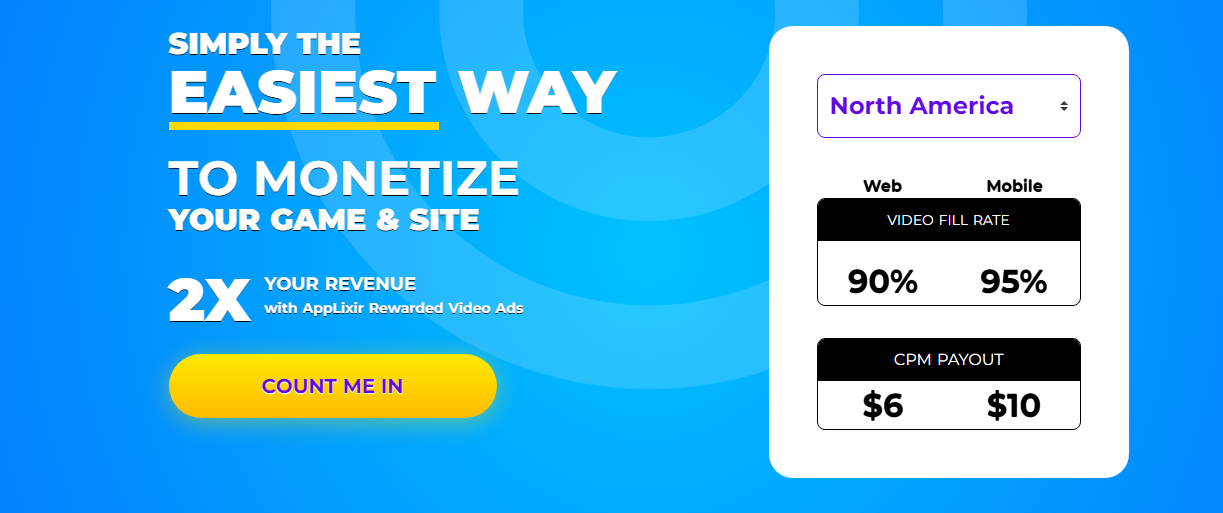One thing that kept coming in conversations at GDC2023 was the rising cost of User Acquisition. As any industry matures, acquiring users becomes super expensive. This makes User Acquisition Costs & Monetization such a delicate balancing act. In this blog, I will try to discuss some of the things I have noticed around User Acquisition & Monetization for Web Apps –
The gaming industry has experienced tremendous growth over the past few years, thanks in part to the explosion of mobile devices, the widespread availability of high-speed internet, and a continuous stream of innovative and immersive games. This boom has resulted in a fiercely competitive market, where user acquisition is becoming increasingly expensive. So much so, that in some cases, the cost of acquiring users has reached a point where it nearly equals the revenue generated by monetizing these users. This article will discuss the contributing factors to the soaring user acquisition costs, the impact on the gaming industry, and possible solutions to this growing concern.
The Rising Cost of User Acquisition
As the gaming market has become more competitive, developers are facing an escalating bidding war to capture users’ attention. The primary channels for acquiring users, such as social media advertising, in-app ads, and influencer partnerships, have become saturated, leading to a significant increase in marketing budgets. With so many developers competing for users’ attention, the cost per install (CPI) has skyrocketed. In some cases, the lifetime value (LTV) of users barely covers these rising acquisition costs.
The Impact of User Acquisition & Monetization on the Gaming Industry
The escalating costs of user acquisition are putting immense pressure on game developers, particularly small and mid-sized studios. These companies often struggle to secure the necessary marketing budget to compete with larger, more established players. As a result, they may resort to less effective, low-budget marketing tactics, which can further decrease their chances of success.
The rising costs also impact the sustainability of the freemium model, which relies on a small percentage of players making in-game purchases to support the game’s development and maintenance costs. When the cost of acquiring users approaches the revenue generated by their monetization, the model’s viability comes into question.
Potential Solutions – User Acquisition & Monetization
To combat the issue of rising user acquisition costs, developers must explore alternative strategies to grow and retain their user base:
- Organic growth: Investing in organic growth strategies, such as search engine optimization (SEO), app store optimization (ASO), and content marketing, can help developers attract users without relying on expensive advertising channels.
- Community building: Fostering a loyal community around a game can create a strong base of engaged users, who are more likely to make in-app purchases and recommend the game to others. Social media engagement, forums, and in-game events can help build and maintain this community.
- Cross-promotion: Partnering with other developers to cross-promote games can be a cost-effective way of driving user acquisition. By leveraging each other’s existing user base, developers can tap into a new audience without incurring substantial marketing costs.
- Retention and engagement: Focusing on player retention and engagement can help developers maximize the LTV of their users. By offering regular updates, new content, and personalized experiences, developers can keep players engaged and increase the likelihood of in-game purchases.
- Monetization that doens’t heavily enforce App Installs. See types of Rewarded Video Ads we serve at AppLixir
The rising cost of user acquisition in the gaming industry is a cause for concern, as it threatens the sustainability of the current freemium model and puts immense pressure on game developers. However, by exploring alternative strategies for user acquisition, growth, and retention, developers can still succeed in this highly competitive market. By adapting to the changing landscape and finding innovative solutions, the gaming industry can continue to thrive.




